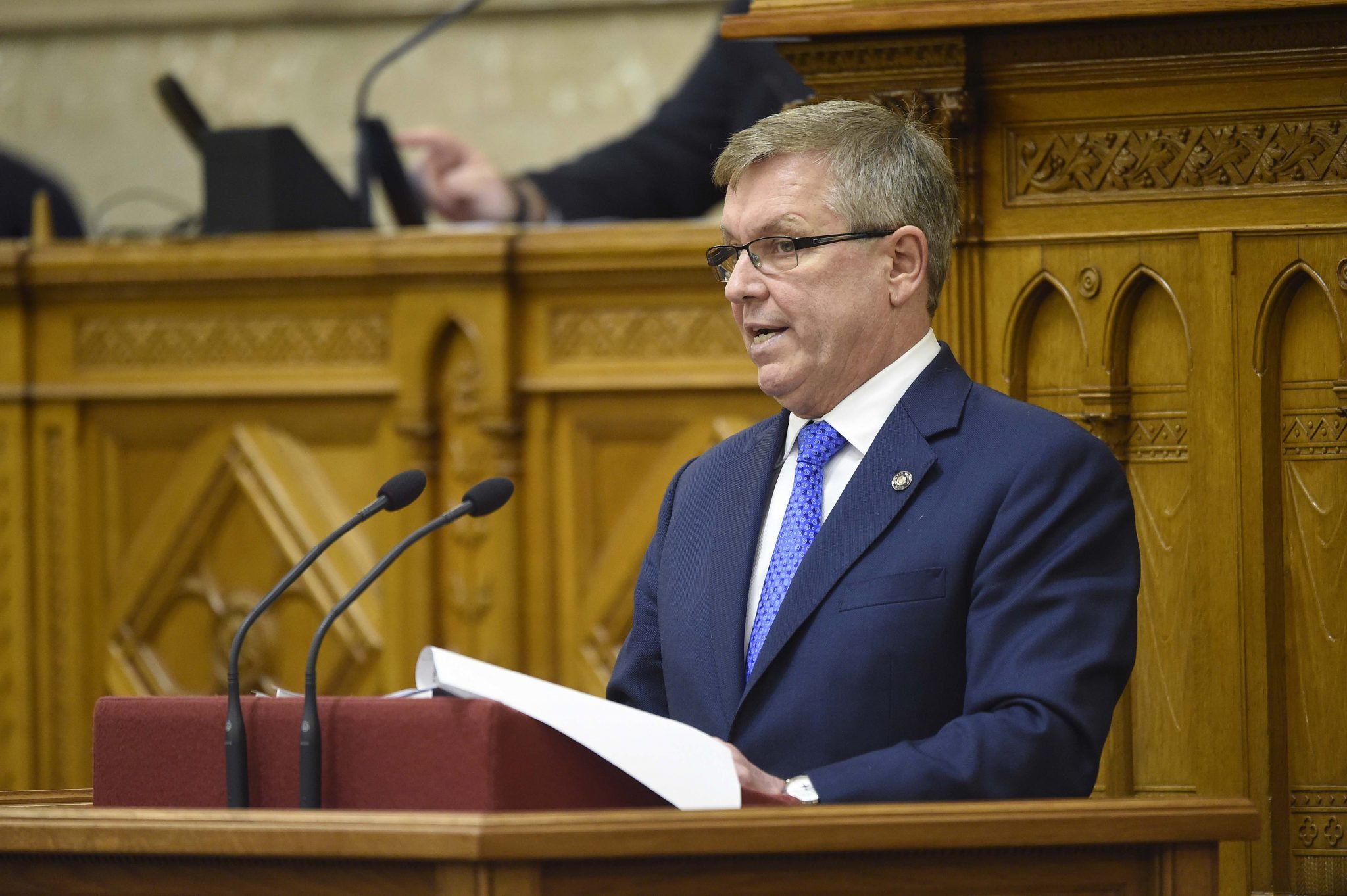
Matolcsy insisted that the Baltic states, Poland and Romania had handled the crisis better than others, "including us Hungarians".Continue reading

This week, the head of the central bank published an article on the website of pro-government Magyar Nemzet about the missed opportunities of the Orbán government in the last decade. In his latest opinion piece, György Matolcsy emphasizes that other economic policy decisions could have contributed to achieving the highest level of development since 1936, when Hungary was closest to Western European countries.
The governor of the National Bank of Hungary (MNB) lists the main economic areas where, in his opinion, an economic policy center with a sustained catch-up mandate would have achieved a better result than what the government was eventually able to reach.
Matolcsy blames “institutional weaknesses of economic policy” for Hungary’s “mediocre” performance in the region, adding that the government had not taken “the best decision” but opted instead for “the path of least resistance” when it put a “tried and tested” finance ministry in an economic policy role.
In Hungary, development funds have not been used properly, i.e., in a way that sufficiently promotes growth. Matolcsy uses a government program as an example and writes: “In the first – and so far most successful economic program, in the so-called “Széchenyi Plan,” one forint of public finances mobilized three forints of investment, compared to about 1:1 in the 2010-2019 EU programs. The EU money spent so far should have resulted in a multiplier of at least two, which would have mobilized 15-20 billion forints of additional resources and investments. This would have generated additional budget revenues of HUF 5-7 billion.”
Matolcsy also criticizes the government’s housing policy, pointing out that after the forintization of Swiss loans in 2015, which ended the housing crisis at the beginning of the decade, “an average of 30-40 thousand new apartments could have been built after 2016, which means a total difference of 60 thousand apartments by the end of 2020, compared to the average of 20 thousand which were actually built. This would have brought an average annual GDP growth of 0.5 percent and additional budget revenues of 200 billion forints, increasing our economic development by up to two percentage points by the end of the period.”
The governor recalls in his article that the government “initiated such structural reforms with the so-called Széll-Kálmán plans, which achieved 85% of the most important changes of the decade. Had this reform policy not been stopped, the 3rd, 4th, and 5th Széll Kálmán Plans would have been completed and a full competitiveness transition would have actually been initiated or completed by the end of 2019.”
In addition to the lack of competitiveness reforms, the central bank governor also criticizes the slow pace of the digital transition and the lack of efficiency gains from data reforms and public investment.
He concludes his article by stating that an economic policy center would have led to changes that would have been felt in daily life, such as higher real incomes, higher export revenues for SMEs, or a faster catch-up process.
According to Matolcsy, all of this could have contributed to achieving the highest level of development since 1936 compared to Western European countries.
“Let us learn from the mistakes of the past so that we can all be winners,” Matolcsy said, closing with a quote from Robert Kennedy: “Good is the enemy of better.”
Featured photo by Zsolt Szigetváry/MTI